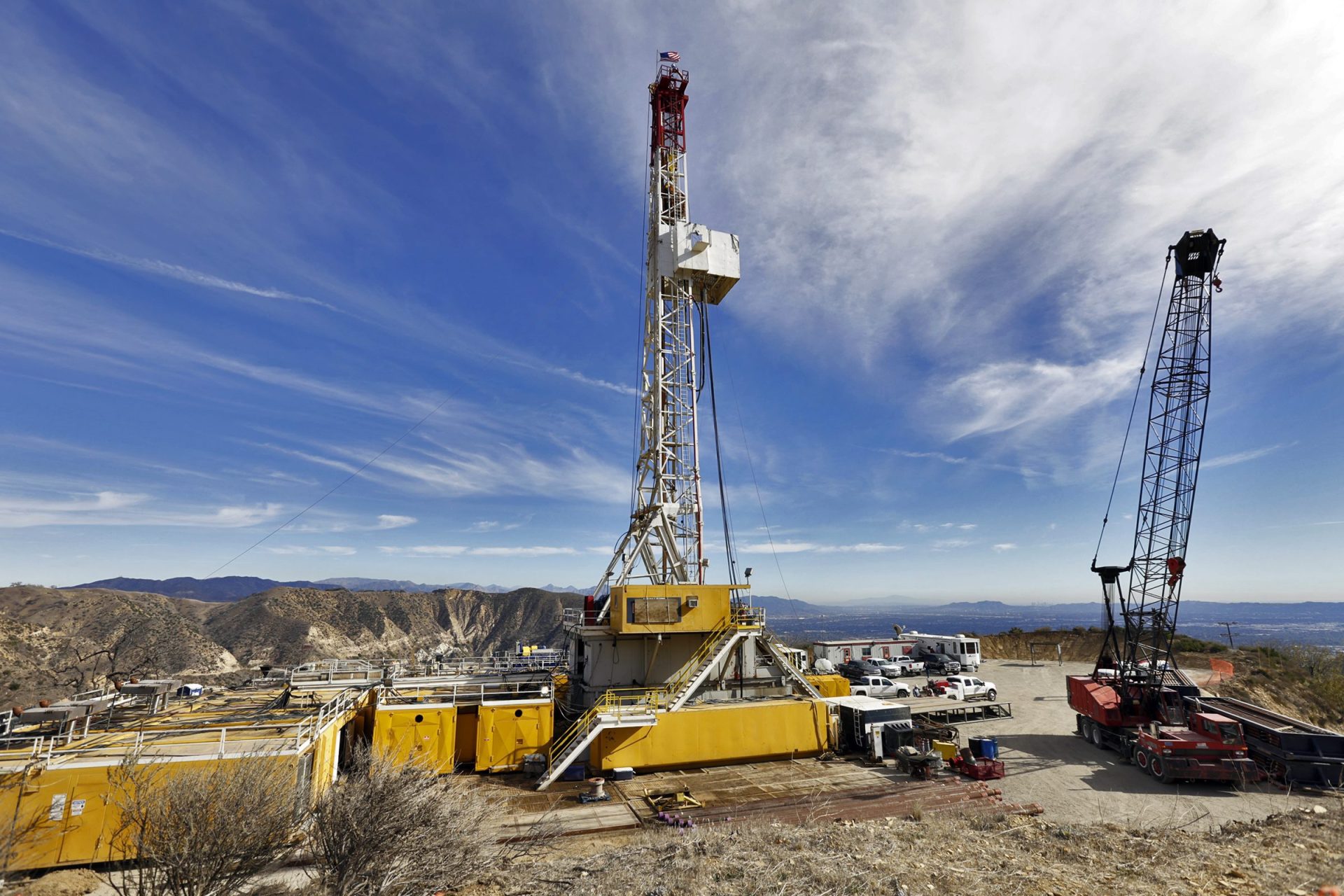New York.- A study published in the journal Nature suggests that methane gas emissions in part of the United States triple the official estimate and calculates that this represents an annual social cost of 9,300 million dollars (8,486 million euros), apart from commercial losses for the sector.
The study, led by researcher Evan Sherwin, from the Department of Energy, Science and Engineering at Stanford University, is based on one million measurements taken in aerial surveys of six oil and gas producing regions in the country, combined with computer simulations.
The total methane emissions escaping into nature, according to the study summary, varies from 0.75% to 9.63%, which occurs “in a rapidly expanding oil region”, while the weighted average of the six regions is 2.95% “or almost three times the national inventory estimate.”
Sherwin, speaking to The New York Times, points out that emissions are concentrated in a very small fraction of the energy producing points, and is optimistic that focusing on them will solve “half of the methane problem in oil.” and gas”.
Methane emissions are often linked to leaks in oil wells, gas processing plants, pipelines or other energy facilities, and also to the release of gas into the air or the combustion of gas, specialized media report.
Annual methane report
Precisely this Wednesday, the International Energy Agency published its annual report on methane, with preliminary data indicating that in 2023 there will be a significant increase in the concentration of this gas in the atmosphere, following the trend of recent years.
Methane is responsible for around a third of the increase in global temperature since the beginning of the Industrial Revolution and although it dissipates faster than carbon dioxide – in about 12 years, compared to the several hundred required for CO2 -, it has a much stronger effect in the short term as a greenhouse gas.
Of the total methane emissions, around 60% are generated by human activity, such as energy exploitation or agriculture, and the other 40% comes from natural sources, essentially marshes.
nqs/fjo/icn

